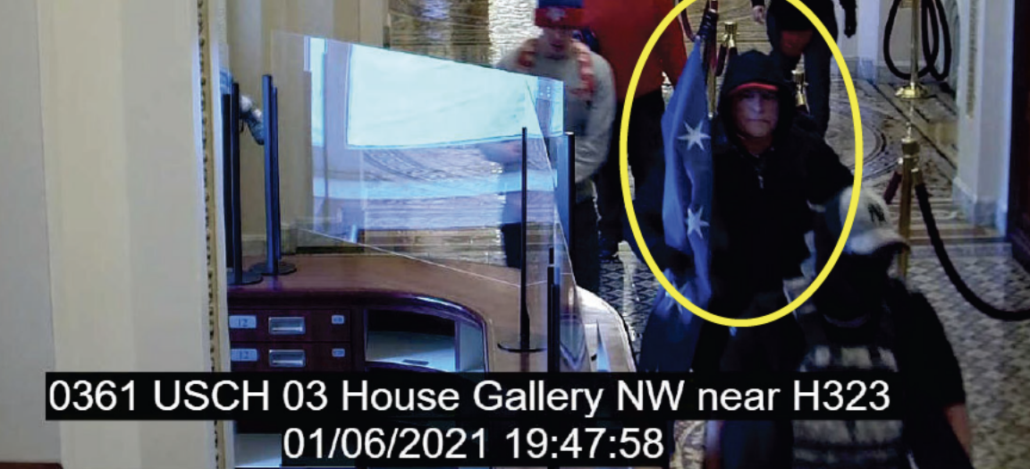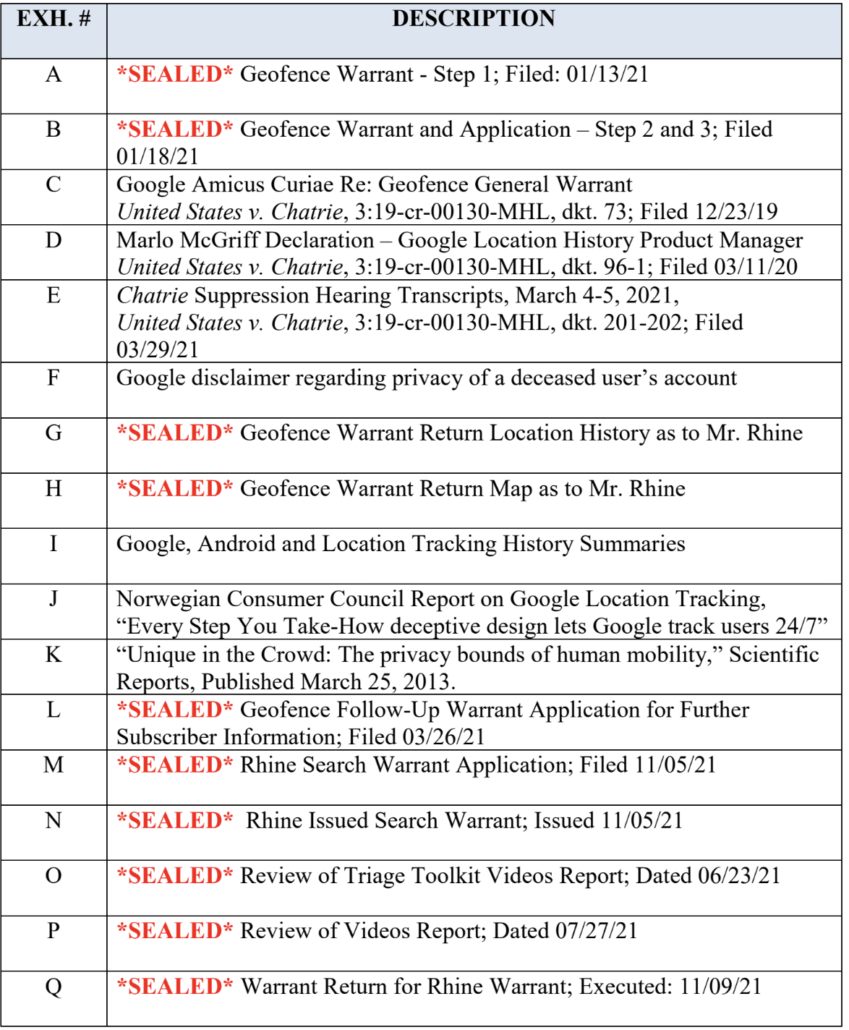Update: Judge Carl Nichols has sentenced Steve Bannon to four months in jail but has, as I predicted, stayed the sentence pending Bannon’s appeal.
Twice in a matter of hours, filings were submitted to PACER in which lawyers interacting with Trump claimed the former President still exercised the power of President, well past January 20, 2021.
Accompanying a response to DOJ’s sentencing memo for Steve Bannon, for example, his lawyer Robert Costello submitted a declaration claiming that because Bannon had appeared before Congressional committees three times to testify (in part) about things he did while at the White House, he was right to expect that the January 6 Committee would treat him the same way — for events that long postdated his service in the White House — as they had for topics that included his White House service,
It’s not just that Costello is claiming that Bannon is claiming actions he took three years after he left the White House could be privileged. Just as crazy is Costello’s claim that this subpoena came “during the Trump Administration.”
Nuh uh. That guy was not President anymore in October 2021, when Bannon was subpoenaed.
More interesting are DOJ’s explanations for disputes between them and Trump over the documents he stole.
Best as I understand, this table shows the disputes, thus far. (Trump’s attorney-client claims are those documents not mentioned here, though I’ve put question marks for the last three documents because there’s a Category C that may include some of those.)
As the government notes in its dispute of Trump’s claims, he identified most of these as personal, even documents that were solidly within his duties as President. This extends even so far as a letter the Air Force Academy baseball coach sent Trump, item 4.
The last of the nine documents (4) is a printed e-mail message from a person at one of the military academies addressed to the President in his official capacity about the academy’s sports program and its relationship to martial spirit. The message relates at a minimum to the “ceremonial duties of the President” (44 U.S.C. § 2201(2)) if not to his Commander-in-Chief powers.
The most important of those may be the clemency packages.
Six of the nine documents (2, 3, 7, 8, 12, 13), are clemency requests with supporting materials and relate to the President’s “Power to grant Reprieves and Pardons for Offences against the United States, except in Cases of Impeachment.” U.S. CONST. Art. II, § 2, cl. 1. Those requests were received by Plaintiff in his capacity as the official with authority to grant reprieves and pardons, not in his personal capacity.
For reasons I’ll return to, I think DOJ now believes that whatever document had classification markers in the packet that included clemency for Roger Stone and some kind of information about a French President is no longer classified. So the determination regarding whether Trump can treat pardons as personal gifts is likely to affect the ultimate resolution regarding the Stone clemency document, too.
But for those before the parties, Trump is claiming that people made personal requests for pardons of him, not requests to him in his role as President. That’s a dangerous premise.
More contentious still are Trump’s claims of Executive Privilege over four documents. Two pertain to his immigration policies. With that claim of Executive Privilege, he’s basically attempting to keep deliberative discussions about immigration out of the hands of the government.
Crazier still, though, are two documents that must reflect the operation of his post-presidential office. Both sides agree that item 15 — “meeting requests for your approval” — and item 16 — “Molly’s questions for POTUS approval” — are personal, even in spite of the reference to “POTUS.” Likely, they reflect the fact that Molly Michael, who had been Trump’s Executive Assistant at the end of his term, and who continued to work for him at Mar-a-Lago, continued to refer to him as “POTUS” after he had been fired by voters. That’s not unusual — all the flunkies surrounding Trump still call him President. But that means those two documents actually reflect the workings of Trump’s office since he left the White House.
And Trump has claimed Executive Privilege over them.
That’s ridiculous. But it’s tantamount to trying to suggest that anything involving him, personally, still cannot be accessed for a criminal investigation. Or maybe it reflects that he really, really doesn’t want the government to retain these two seemingly innocuous records.
As DOJ notes in their filing, even if both sides agree that these records are personal, DOJ can still argue they have cause to retain the documents for evidentiary purposes.
Although the government offers its views on the proper categorization of the Filter A documents as Presidential or personal records as required by the Order Appointing Special Master (ECF 91, at 4) and Amended Case Management Plan (ECF 125, at 4), that categorization has no bearing on whether such documents may be reviewed and used for criminal investigative purposes and does not dictate whether such documents should be returned to Plaintiff under Criminal Rule 41(g). Personal records that are not government property are seized every day for use in criminal investigations. And the fact that more than 100 documents bearing classification markings were commingled with unclassified and even personal records is important evidence in the government’s investigation in this case.
As DOJ noted in their 11th Circuit Appeal (filed after reviewing these records),
Moreover, unclassified records that were stored in the same boxes as records bearing classification markings or that were stored in adjacent boxes may provide important evidence as to elements of 18 U.S.C. § 793. First, the contents of the unclassified records could establish ownership or possession of the box or group of boxes in which the records bearing classification markings were stored. For example, if Plaintiff’s personal papers were intermingled with records bearing classification markings, those personal papers could demonstrate possession or control by Plaintiff.
Second, the dates on unclassified records may prove highly probative in the government’s investigation. For example, if any records comingled with the records bearing classification markings post-date Plaintiff’s term of office, that could establish that these materials continued to be accessed after Plaintiff left the White House.
These two documents, which both sides seem to agree reflected Trump’s office workings after he had left the Presidency, were probably intermingled with classified records. As DOJ notes, that likely shows that either Trump and/or Molly Michael had access to these classified records after neither had clearance to do so anymore.
Which might explain why Trump is trying to withhold these documents: because it is evidence not just that he continued to access stolen classified documents after he left the Presidency, but that he treated classified documents in such a way that someone else was able to too, which could be charged as another crime under the Espionage Act.
As I noted, Trump is now claiming that DOJ got some of these wrong, so it’s possible they’re rethinking their claim that Trump continued to be entitled to Executive Privilege as a private citizen. The claim of Executive Privilege over something both sides agree doesn’t pertain to the Presidency would just be another form of obstruction.
But in all phases of his post-Presidential efforts to avoid accountability, all those around Trump continue to indulge his fantasy that he still retains the prerogatives of the office.
Update: Trump has filed his dispute about DOJ’s filing. The highlighted cells in the table above reflect the changed determinations. Notably, Trump has withdrawn privilege claims regarding the likely office records that post-date his move to MAL. But he added EP designations to clemency packages.
My suspicion is that this reflects a changed strategy about how to avoid accountability for the most things, not any real dispute raised before DOJ filed.









